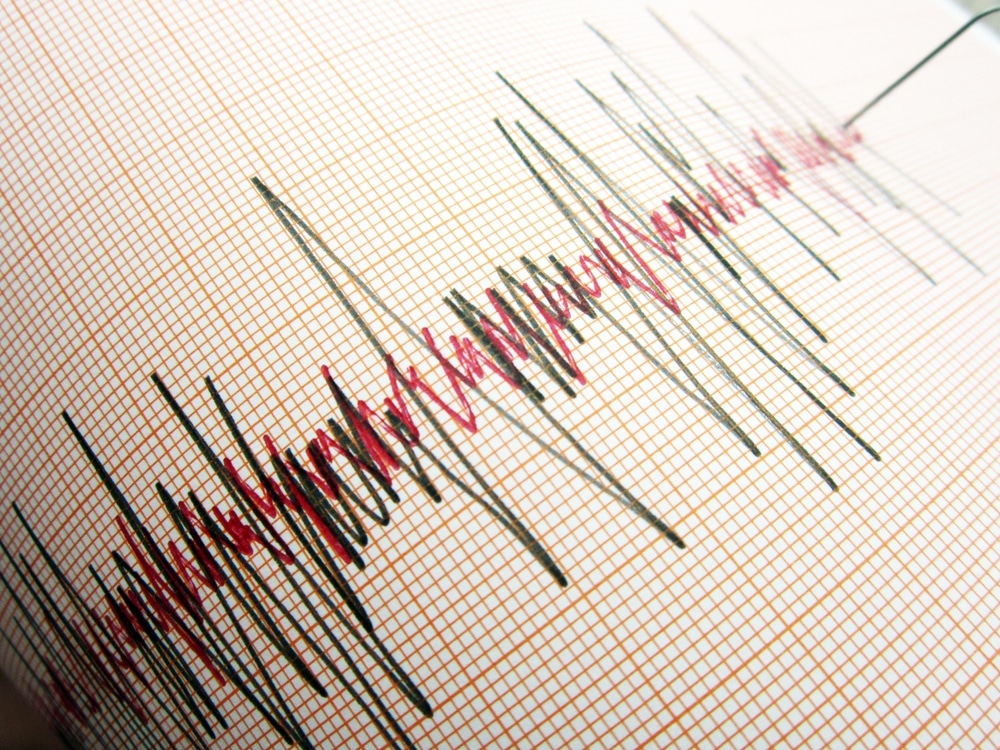An area of Texas could be set to receive more earthquakes as seismic activity moves along a newly activated fault zone.
Researchers from the University of Texas at Austin looked at seven years’ worth of earthquake data from the Midland Basin, a huge sedimentary basin in the Southwest, to reach these findings. The basin is a major oil field. Wastewater used for operations, which is injected into the surface, has resulted in multiple stresses along the fault lines.
Researchers found that throughout the seven years, most earthquakes occurred near Odessa and Midland, both southwest of the basin. However, they found that seismic activity is definitely on the move in a different direction, a summary of their findings says. The earthquakes appear to be shifting northeast to the edge of the basin. And there lies a newly activated fault zone.
“The fault zone has been activated, and it has the capability to trigger additional earthquakes that can be felt by humans, especially because it’s so close to major cities along Interstate 20,” said Dino Huang, a research assistant professor at the Jackson School of Geosciences who led the research, in a statement.
The studied data, which was recorded by the state seismic monitoring network TexNet from January 2017 to November 2023, recorded 1,305 earthquakes in total. Most of them were small, resulting in little damage, the study reported.
The data allowed the Austin researchers to analyze areas in the Midland Basin fault system that were previously unmapped. They discovered a rift structure extending over the basin, which appears to be getting bigger. Smaller faults were also mapped surrounding the rift zone, the researchers reported. A total of 15 “earthquake producing zones” were identified by the researchers.
The overall seismicity of the basin has certainly increased since 2018, the researchers said. This means there is potential for large earthquakes to occur in new areas at a greater frequency, although this remains hard to predict exactly.
The researchers can back up their predictions with evidence of a 5.2 magnitude earthquake that occurred in Range Hill, to the northwest, in 2022. This earthquake introduced more stressors to the fault, which has since continued in a northeasterly direction. This is along the same route as the rift structure, also known as the “zone 6” area of the basin.
Earthquakes are famously difficult to predict in all their factors, from their magnitude to the frequency at which they might hit. However, after identifying these stressors, researchers can predict that more earthquakes will happen in zones 6 to 8 of the basin, which include populated areas such as Big Spring and Stanton.
In fact, the scientists noted that there have been earthquakes in this area recently. A 3.7 magnitude earthquake was detected in March 2023, and a 3.8 magnitude earthquake occurred in November 2023, the study reported. Both of these were in zone 8 and support the researchers’ prediction that these areas are set to receive more seismic activity.










